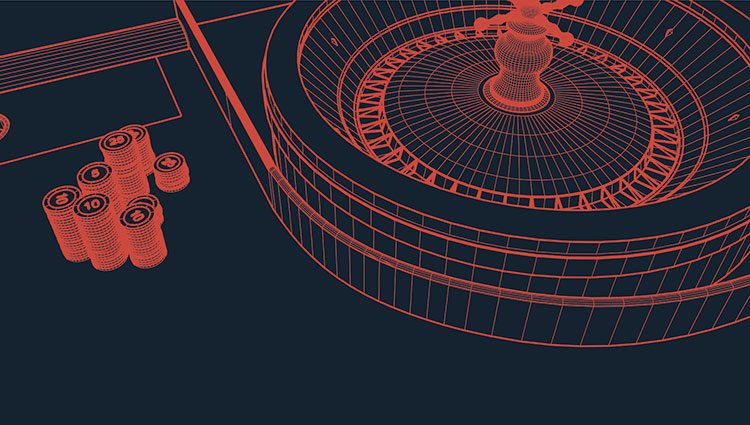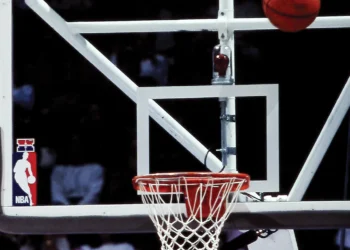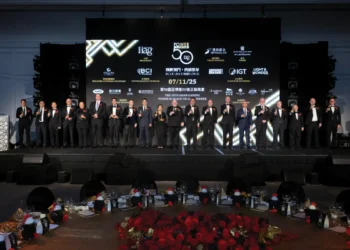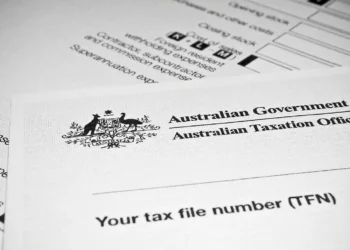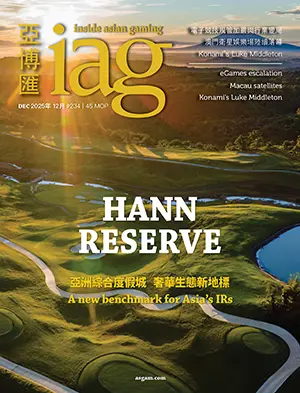Could popular augmented reality apps like “Pokémon Go” highlight the next step forward for using such technology on casino floors?
Today, the smart phone has redefined how we consume entertainment, news and all manner of information, and has become for most of us an indispensable appendage. Yet its utility on the casino floor for the customer is negligible; for all intents and purposes, only slot machine attendants and waitresses have seen their jobs embrace the mobile device to speed up service.
A few years ago, “Pokémon Go” burst onto the world stage and suddenly the promise of virtual reality became apparent. The idea of using a phone as a VR screen to enable the overlaying of elements to augment reality now had real-world applications. Not only could you seek out cartoon characters imbedded into physical spaces, but whole manufactured worlds could be synthesized in very interesting ways.
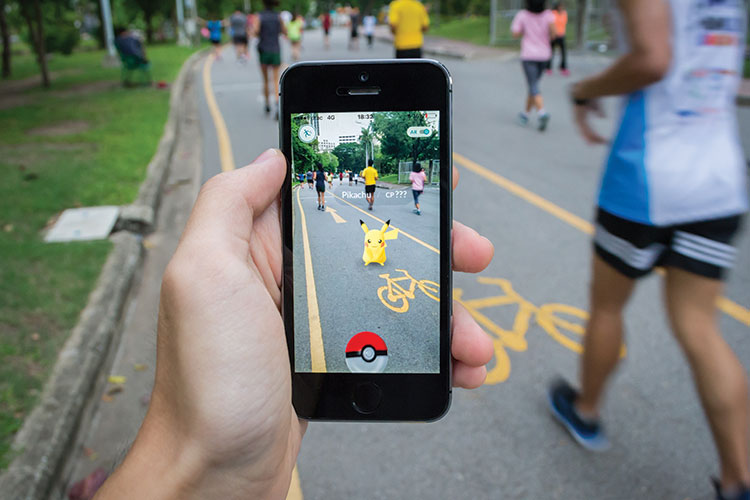
Today, before you commit to a major furniture purchase like a sofa, stores such as Ikea offer an app whereby you can scan the room with your camera phone and see an augmented visual of the sofa already in place. You can move the sofa around to see where it fits best or even change out colors and fabrics, all without making a purchase.
It’s easy to imagine how this premise can be applied to a myriad of scenarios, from hotel room comparisons to car shopping and wardrobe refreshment. We can now place our virtual selves into a myriad of virtual worlds to see if we “fit”.
Virtual tours of neighborhoods, museums and galleries are made more compelling and immersive with this technology, but can we migrate this concept to the casino floor and fully exploit existing VR technology?
Here’s one interesting example. We all know that slots players include a fair number of superstitious people who suspend reality when they’re sitting in front of a game. Slot machines that haven’t paid a jackpot are thought to be “about to hit.” That’s nonsense, of course, because as any rational human being knows, every spin of a slot machine’s reels is a random event – an event whose outcome has been decided in the millisecond after the player has hit the spin button. The spinning reels are nothing more than eye candy, amusement for the player, as she watches the three or six or nine reels settle on the predetermined outcome. Haven’t we all witnessed players rubbing the glass as the reels spin, as if this wishful effort will somehow alter that predetermined outcome? Superstitious, indeed.
Using the “Pokémon Go” model as a jumping off point, real-time casino floor data could power a virtual reality app sponsored by casino operators. The customer who has downloaded the app enters the casino floor and scans the slot machines within his or her field of vision. The casino floor is now overlaid with augmented visual enhancements determined by the user’s preferences.
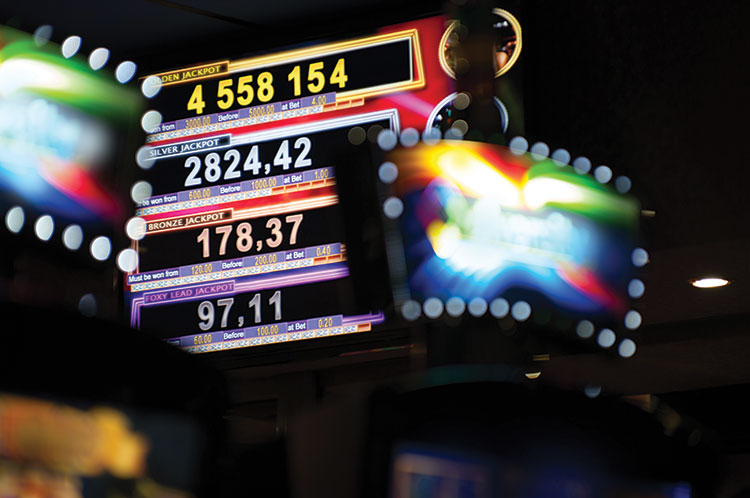 For example, they can seek out only those machines with a minimum betting denomination of one dollar. But here’s where the experience becomes truly interesting: the app could highlight all slot machines on the gaming floor that have not paid a jackpot within a specified time frame.
For example, they can seek out only those machines with a minimum betting denomination of one dollar. But here’s where the experience becomes truly interesting: the app could highlight all slot machines on the gaming floor that have not paid a jackpot within a specified time frame.
While this data is obviously proprietary and subject to gaming regulatory oversight, there is no good reason why jackpot frequency information cannot be shared with casino patrons. In fact, I would argue that publicizing this information through a virtual reality app would enhance the customer experience in profound ways, particularly with those high frequency, superstitious customers. With this power to better “see” the casino floor and its potential jackpot opportunities, share of wallet would certainly increase among many tiers of loyal customers.
Ready player one?






